|
In a scene from “The Ghost Trap” are Zak Steiner, left, and Sarah Catherine Hook. Maine Film Center photo “THE GHOST TRAP” I write not just for a Maine newspaper, but a central Maine newspaper, where most folks love lobster, but with prices soaring, cannot afford it. We know zip about the craft of lobstering, but come to stories about it with open eyes and hearts. This week, I’ve been assigned to write about “The Ghost Trap,” a film scheduled to open Wednesday July 17, at the 27th Maine International Film Festival in Waterville. It is based on the novel of the same name, by K. Stephens, and was directed by James Khanlarian, in his directorial debut. To this reviewer, Khanlarian, a young fellow, knows and loves what he’s doing. It always helps. “The Ghost Trap” is engaging, professional and easy on the eyes. Treat it with respect. His film happens to be is set in the lobster business, about which I know less than space travel. But I used to work in the movie world, which I loved, and I am always happy to see a well-written, well-directed film, like this one. Khanlarian is lucky to have one set on the sea and Maine coast that is splendidly photographed by cinematographer artists Matthias Schubert and Michael P. Tedford. It is well-made, carved by caring and professional hands, and definitely worth your attention. This is what I learned: A lot of folks go down to the sea each morning to search for a beloved emblem of Maine — the imperial lobster, not often found on the dinner table of Maine workers. This film is not at all about lobsters, of course, but about the men and women of the sea, who work on dangerous crafts, stand perilously close to falling in and lower wicked-looking baskets, called traps, into the sea to catch … lobsters I learned this as well: A ghost trap is a working trap that has been lowered into the water that “catches and holds lobsters, but when cut off, with its line severed, is no longer connected to the buoy bobbing at the water’s surface, becoming a ghost trap, unseen, lost and then forgotten.” Wow! Did I get that right? Writer/director Khanlarians goes down to his sea each day, not to film a documentary about lobster traps, which would’t last long on Netflix, but about the dilemma of one lobsterman, Jamie Eugley (Zak Steiner, “White Men Can’t Jump”), who is a serious film actor with a bright future. Here, he’s a good guy and a young hero battled with enemies, such as wealthy yachters and, sadly, friends who are unhappily misinformed lobstermen and yachters in polo shirts who don’t fancy lobster boats in their blue Maine waters. Steiner, clearly a talented and tested actor, carves his love for his girl, Anja (Greer Grammer), with gentleness, especially after a rogue wave hits his boat, knocking Anja into the water and putting her into a hospital with a brain injury. But being folks of the sea, their love holds on. The title, “The Ghost Trap,” I should rush to say, is a bit misleading. It’s no spook fable, and not even a documentary about lobster fishing, any more than Hemingway’s “To Have and Have Not” is about the boat rental business. It’s a movie about interesting characters — played by newcomers and veterans — who happen to work in the lobster business and are caught up in a “trap war” with a rival lobstering family. Like Hemingway’s tale, it’s a well-written story about duplicity, jealousy and trying to get though the day — to make a buck in hard times. Like Hemingway’s Harry Morgan and like you and me. That always works when written clearly and put together properly by gifted, trained hands, as is James Khanlarian’s wonderful voyage into the choppy seas of Hollywood. New drama/thriller starring Zak Steiner (Euphoria), Greer Grammer (Deadly Illusions), Sarah Catherine Hook (First Kill, White Lotus) and Steven Ogg (Westworld) “THE GHOST TRAP” plays Wednesday, July 17, and Saturday, July 20, at the Maine International Film Festival in Waterville. J.P. Devine of Waterville is a former stage and screen actor. Review courtesy centralmaine.com
0 Comments
Besides being the Centerpiece Film of The Maine International Film Festival, we will be in four other film festivals this summer. In between, K. Stephens will be doing book signings. See below for dates and times. Maine International Film Festival July 17 (7 p.m.) & July 20 (6 p.m.) Book signing: Oliver & Friends, Waterville, Maine July 19, 4 to 6 p.m. Vermont Film Festival, Woodstock, VT, July 26, 6 p.m. Maine Outdoor Film Festival, Portland, Maine July 28, 7 p.m. Book signing: Maine Lobster Festival, Rockland, Maine August 1, 11 a.m. to 3 p.m. The Valley Film Festival, Los Angeles, August 3, 8 p.m. Vacationland Film Festival, Biddeford, Maine August 8, 7 p.m. Book signing: H&H Mercantile (Searsport) August 10, 11 a.m. to 1 p.m. Book signing, Maine Authors Publishing Thomaston Public Library, August 24 from 11 a.m. to 4 p.m. James Khanlarian’s ‘The Ghost Trap’ Set as Centerpiece Film of Maine International Film Festival6/18/2024 The drama thriller movie The Ghost Trap, which is based on the lobstering novel of the same name by Maine author and screenwriter, K. Stephens, makes its Maine premiere as the Centerpiece Film for the 2024 Maine International Film Festival (MIFF), set to take place July 12-21, 2024.
The dramatic thriller stars Zak Steiner (White Men Can’t Jump, Euphoria), Greer Grammer (Frasier, Awkward, Deadly Illusions), Sarah Catherine Hook (First Kill, The White Lotus), and Steven Ogg (The Walking Dead, Westworld). The cast is further bolstered by Taylor Takahashi (Boogie) Maine residents Xander Berkeley (The Terminator franchise, Shanghai Noon, Apollo 13), and Sarah Clarke (Twilight), as well as Billy Wirth (The Lost Boys). The Ghost Trap features young lobsterman (Steiner) who is forced to choose between right and wrong when his girlfriend (Grammer) suffers a traumatic head injury after being swept off his boat by a rogue wave. Meanwhile, a rival lobstering family sabotages his gear, sparking a deadly trap war. Hook plays the alluring first mate on a schooner named Happy who challenges his loyalties and Ogg plays the antagonistic patriarch of the Eugley family. The movie’s central premise, about the lives of lobstermen, is a topic Stephens has covered extensively as a journalist for the last 30 years. Her Spruce Head lobstermen friends, Ryan Post, Cheri Savage, and Dan Merriam, assisted as script consultants, location scouts, and captaining boats for shots. The producers for The Ghost Trap include Peter A. Couture, Simon Fawcett, Larry Mortorff, Greer Grammer, Zak Steiner, James Khanlarian, and Maine locals K. Stephens Cheri Savage, and Ryan Post. The Ghost Trap is James Khanlarian’s feature directorial debut. “In a general sense, lobstermen are territorial and justifiably suspicious of any outsider who asks too many questions about their business,” said director/producer James Khanlarian. “As expected, a bunch of Hollywood filmmakers coming into the small town of Rockland, ME to do a film about lobstermen was not met with enthusiasm. Once we showed that we were going to treat the profession with respect and portray the real virtues of lobstermen, we quickly gained the full support of the lobstering community. It was such a joy to film in Maine, where the scenery and landscape create the perfect natural setting, and to have worked with such an incredibly talented cast and crew, many from Maine. I think the entire cast wanted to move there by the end of production.” “We are excited to screen The Ghost Trap for its Maine premiere as the Centerpiece film of the 27th Maine International Film Festival,” said Mike Perreault, executive director of the Maine Film Center. “Welcoming these talented filmmakers embodies our core mission of highlighting, supporting, and celebrating made-in-Maine film productions.” See full article here. Freestyle Digital Media, the digital film distribution division of Byron Allen’s Allen Media Group, has acquired North American VOD rights to the drama-thriller “The Ghost Trap.”...Freestyle Digital Media negotiated the deal to acquire “The Ghost Trap” through Alex Nohe at Blood Sweat Honey. The film will be available to rent or own on all digital HD internet, cable and satellite platforms, as well as on DVD, this fall through Freestyle Digital Media. We made it into Screen International's Cannes "buzz titles" list!
https://www.screendaily.com/features/cannes-2024-the-buzz-titles-from-north-america/5193348.article Lon Haber & Co will talk up dramatic thriller The Ghost Trap, James Khanlarian’s story about a lobsterman whose fiancée is swept off the boat by a rogue wave, and who is beset by mysterious rivals. Zak Steiner, Greer Grammer, Sarah Catherine Hook and Steven Ogg star. An in-depth conversation with Zak Steiner of "The Ghost Trap" and "Euphoria" fame | DAMAN Magazine4/25/2024 American model-turned-actor Zak Steiner talks about the remarkable journey he’s on and his passion for storytelling, both in front and behind the camera lens. From model to actor to lobsterman, read how Steiner prepared for his role in The Ghost Trap and how he and his castmates felt right at home in Maine. Read article by Daman Magazine"A week prior to principal photography, my co-star, Greer Grammer, and myself went out for Lobster Boot Camp, where we learned how to drive boats, haul traps, band lobsters and basically live the whole Mainer life. Shout out to Ryan, Cheri and Dan the Lobster Man for taking us in with open arms and helping us out throughout the duration of shooting. But even before that, I was watching a lot of YouTube videos on lobstermen: What their day-to-day was like, how they held themselves, the dialect. Along with homework on my relationship with Jamie and other characters in the movie."
Our encore screening at RED Cinemas in Greensboro took place on April 22, 2024 at 8 p.m. wrapping up a whirlwind week of appearances, book signings, and press. Many of the producers' friends and family live in Greensboro and so we had a big turnout and support for the film with many arriving early while K. Stephens signed books. We invited anyone who either bought a book or just came for the show to pose with the author, cast, and producer. It was a lot of fun for everyone. The Ghost Trap producers, James Khanlarian and Rachel Slawson with K. Stephens and Zak Steiner. A friend from Maine, Mandie Sawyer, who has now relocated to NC, came to support K, whom she's known for 15 years. Said Mandie, "The movie was fantastic. It captured Maine so well, it made me homesick. Thank you, for making such an authentic movie!! We sold out of the last original cover of the book before it switches over to the film cover this summer. Thanks also to Brian and Mo at Scuppernong Books who not only hosted us for one book signing, but also came to the second screening with more books to sell and sign. Thanks to Greensboro and Winston-Salem for a wonderful week! We're all flying back home now!
Author K. Stephens, lead actors Greer Grammer, Zak Steiner, and director/producer James Khanlarian at the premiere of The Ghost Trap at the Hanesbrands Theatre in Winston-Salem, April 19, 2024 (Missing from this line up is producer Peter Couture who had to fly to Amsterdam the night before.) The Ghost Trap Narrative Feature The haunting story of Jamie Eugley, a young lobsterman who is forced to choose between right and wrong when his fiancée suffers a traumatic head injury, and a rival lobstering family sabotages his gear. The evening was lots of fun. The film started at 8 p.m. and we sat up in the balcony, watching the audience's reaction. Some laughs, but really quiet at the end--they didn't applaud until the final credits rolled. Then they had us all up on stage for an informal Q&A, ranging from how was the book discovered, how did Zak prepare for his Maine accent, how did Greer prepare for her portrayal of someone with a traumatic brain injury and how many weeks did we film in Maine? Then, off to an after party at an old southern Gothic mansion filled with eclectic art. A beautiful night all around! Greer Grammer portrays Anja, the live-in love of lobsterman Jamie Eugley, played by Zak Steiner. Author/screenwriter K. Stephens with Greer Grammer and Zak Steiner. The second premiere is at RED Cinemas in Greensboro, NC on April 22 at 8 p.m. Stephens is doing a book signing with Scuppernong Books in Greensboro April 20 with the cast and producer and will be giving away a raffle of two free physical tickets and five virtual tickets to the second premiere. The film will run virtually until May 6.
We've been waiting almost nine months to make this announcement! Movie Release: THE GHOST TRAP Posted on April 9, 2024 by Behind the Rabbit Productions
New drama/thriller starring Zak Steiner (Euphoria), Greer Grammer (Deadly Illusions), Sarah Catherine Hook (First Kill, White Lotus), and Steven Ogg (Westworld) makes its festival premiere at RiverRun on April 19 followed by Q&A with cast and crew.LOS ANGELES/WINSTON-SALEM (April 9, 2024) – Khanlarian Entertainment and MITH Entertainment are thrilled to announce the world premiere of The Ghost Trap, based on the novel of the same name by K. Stephens, on April 19, 2024 at 8pm EST followed by a Q&A with cast and crew at the highly acclaimed RiverRun Film Festival. The new elevated drama/thriller stars Zak Steiner (White Men Can’t Jump, Euphoria), Greer Grammer(Awkward, Deadly Illusions), Sarah Catherine Hook (First Kill, The White Lotus), and Steven Ogg (The Walking Dead, Westworld). James Khanlarian is directing from Stephens’ script, which is based on the book she authored by the same name, with Khanlarian Entertainment producing. The producers on the project include Peter A. Couture, Simon Fawcett, Larry Mortorff, Grammer, Steiner, Khanlarian and Stephens. The Ghost Trap is Khanlarian’s feature directorial debut. The cast is further bolstered by Taylor Takahashi (Boogie), Xander Berkeley with more than 200 film and TV credits to his name including The Terminator franchise, Shanghai Noon and Apollo 13, Sarah Clarke (Twilight), and Billy Wirth (The Lost Boys). There will be a special book-signing event with cast and crew present to coincide with the film’s festival premiere at Scuppernong Books in Greensboro, N.C., on Saturday, April 20, 2024 from 2-4 pm. “It was such a joy to film in Maine, where the scenery and landscape create the perfect natural setting, and to have worked with such an incredibly talented cast and crew, many from Maine, North Carolina, as well as other places around the world,” said Khanlarian. “I think the entire cast wanted to move there by the end of production. Now we have our festival debut in my hometown and can’t imagine a better place for The Ghost Trap to premiere. The entire experience has come full circle and been beyond incredible.” “This movie is not about saving the world from giant monsters, zombies, or nuclear war,” said producer Couture. “It’s about people like you and me doing real work, making mistakes and facing the challenges before them.” The Ghost Trap, which was filmed in Maine, and has recently been completed, is based on the novel of the same name by K. Stephens. It tells the story of Jamie Eugley (Steiner), a young lobsterman struggling with the grinding responsibilities of a head-injured girlfriend (Grammer) and a mounting trap war with a rival lobstering family. Hook plays Happy, a potential love interest of the protagonist and Ogg plays the antagonistic patriarch of the Eugley family. “A ghost trap is a lobsterman’s wire trap that has been cut off at the surface and is lost and forgotten at the bottom,” said Stephens. “That could have been my book, published so long ago. But thanks to the producers and to my Maine lobstermen friends who believed in it and backed me up every step of the way, this film is gorgeous and gritty, featuring a culture that people rarely get to see.” Steiner is best known for his role in the hit series Euphoria as Aaron Jacobs. He can also be seen in supporting roles in White Men Can’t Jump on Hulu and A Hollywood Christmas on HBO Max. Grammer is best known for her role as Lissa Miller in the long-running and critically acclaimed MTV series, Awkward. Most recently she produced and starred in the hit Netflix film, Deadly Illusions alongside Kristin Davis and Dermont Mulroney. Deadly Illusions went on to globally hold the #1 spot on the streaming platform. Hook recently found her first leading role in Netflix’s series First Kill, based on V.E. Schwab’s short story, which launched her into the spotlight. She stars in the eight-episode drama series as Juliette, a vampire who falls into forbidden love with the vampire slayer, Calliope (Imani Lewis). Hook is currently filming the third season of The White Lotus for HBO Max. Ogg currently appears in BBC’s new critically acclaimed TV show Boiling Point,, based on the hit film starring Stephen Graham. Ogg is best known for playing Simon in AMC’s The Walking Dead, Rebus in HBO’s Westworld, Sobchak in another AMC hit, Better Call Saul, Pike in TNT’s Snowpiercer, and he also played Captain Howard in Apple TV’s movie, Emancipation. Ogg has a global notoriety for his role as Trevor in the video game GTA V.
We ran a contest and got some amazing talent behind what would eventually be chosen as our official poster for the movie. We discussed this poster quite a bit and why it needed to convey both the love triangle and the danger of the lobstering feud. Plus, Dan's boat Antares made it in, so he's pretty pleased about that.
We're also sitting on some big news for the spring and summer! If you want to stay in the loop, sign up for our quick email blasts.
Signing up will let you know when about upcoming film festivals, theatrical releases, book signings, special local events, Zoom happy hours, streaming platforms, behind-the-scenes photos, and signed (by the cast and author) book giveaways! We promise to keep it short and sweet!
|
Author
News, musings, and events from a Maine coast writer. Stay Salty! Archives
July 2024
Categories
All
|






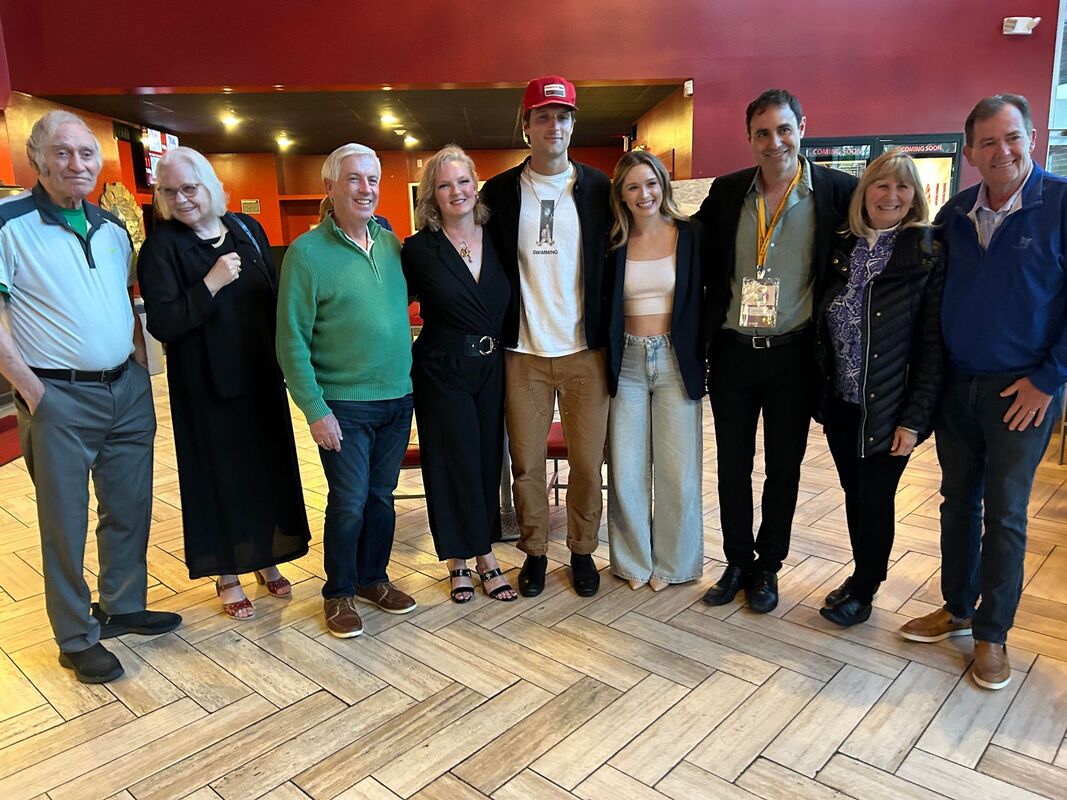
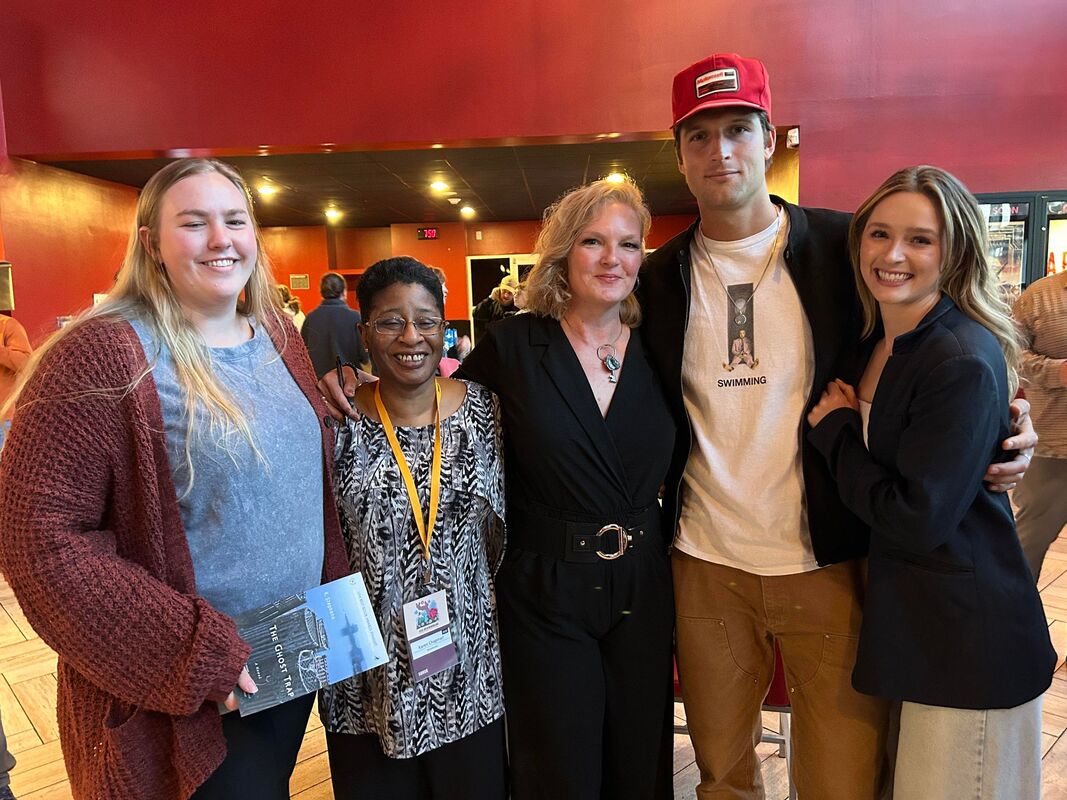
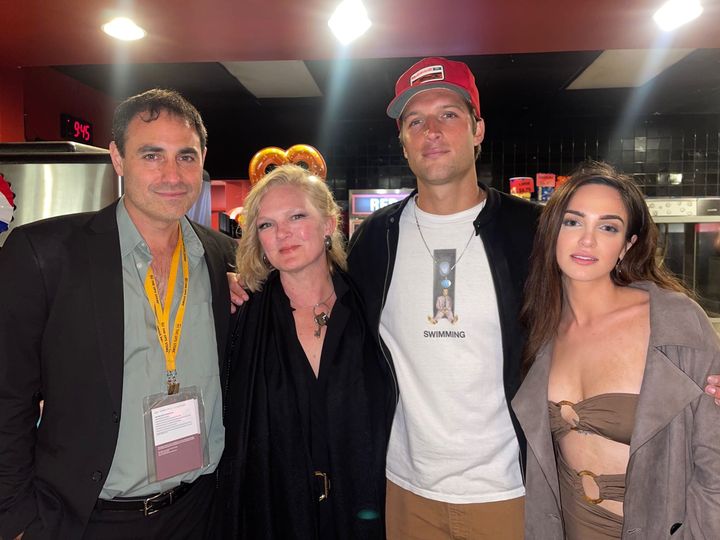

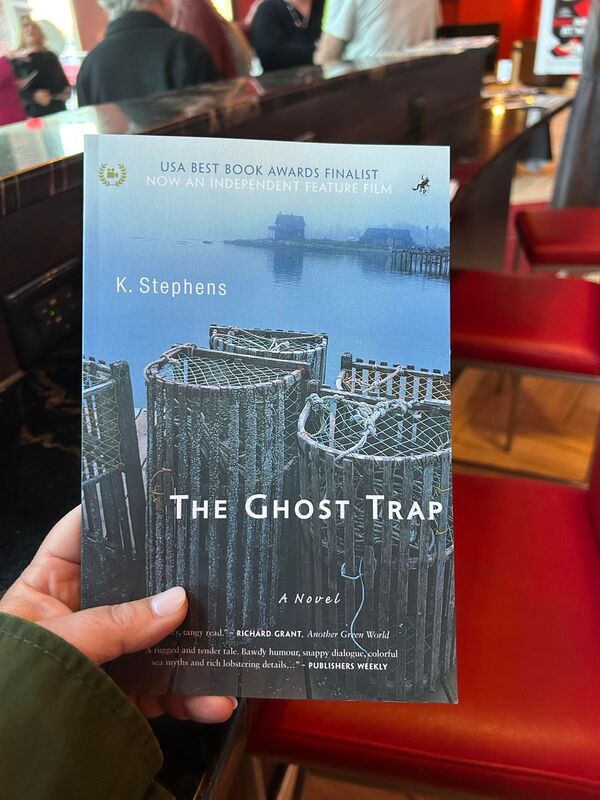
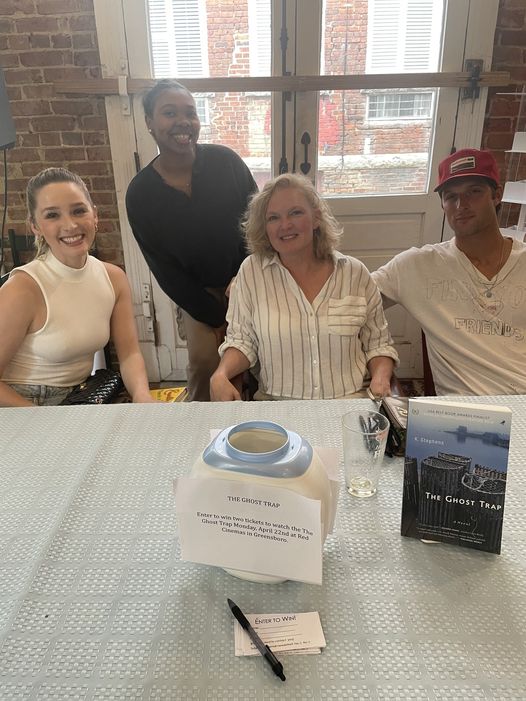

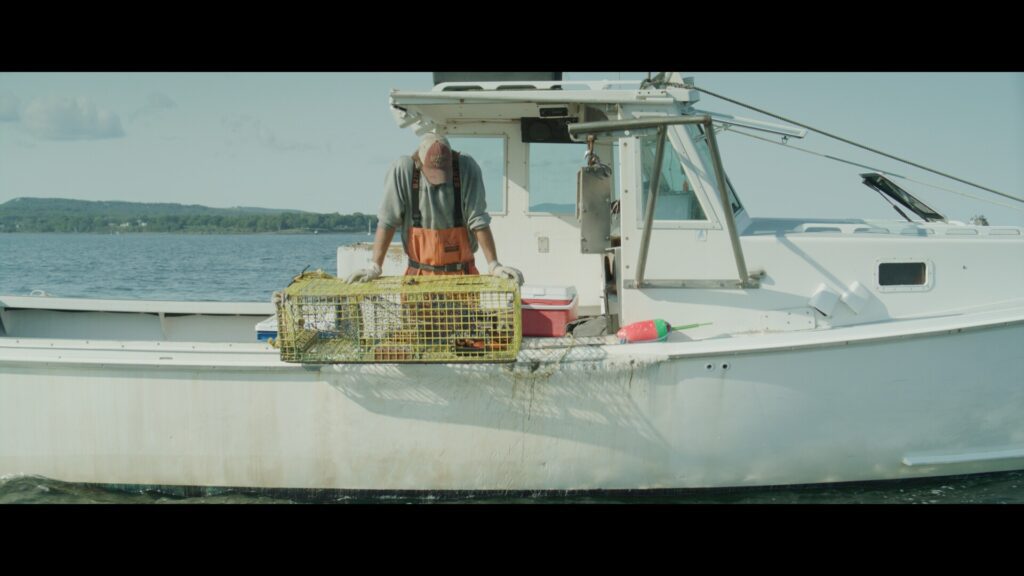

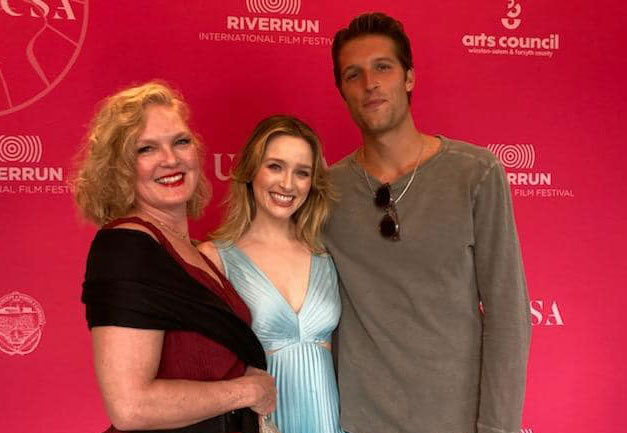
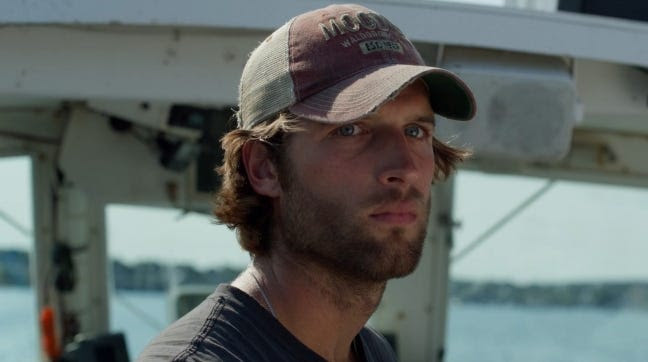
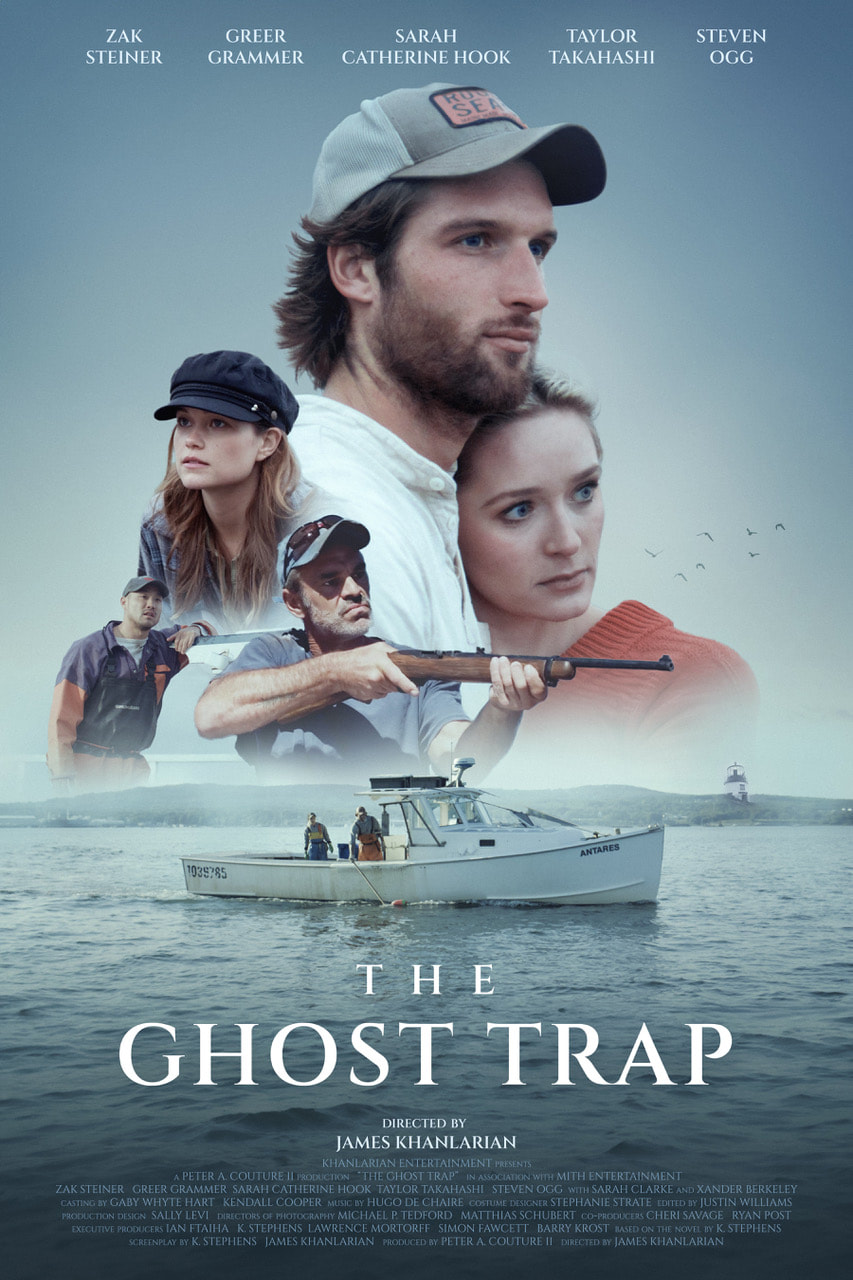
 RSS Feed
RSS Feed